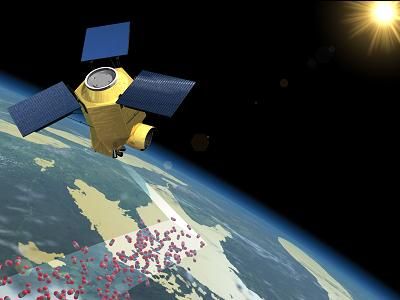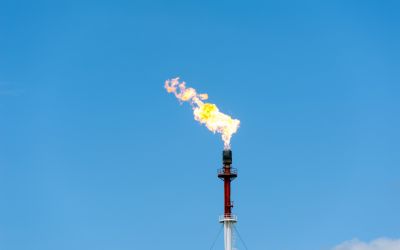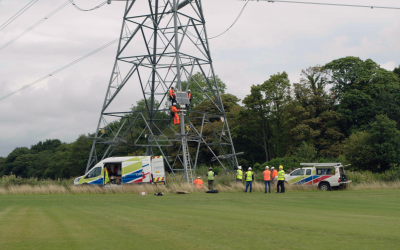New climate satellite for ESA to track GHG’s for key data
New CarbonSat for the European Space Agency will measure global concentration and distribution of carbon dioxide and methane with unprecedented accuracy

Airbus Defence and Space, Europe’s leading space company, will be pushing ahead with the preparation of CarbonSat, a new climate satellite for the European Space Agency (ESA), over the next 2 years.
In December 2013, ESA kicked off the Phase A2 activities which will be followed by the Phase B1 starting in late summer to define the CarbonSat satellite. In parallel Airbus Defence and Space is already preparing the necessary predevelopments for the payload, the so called Green House Gas Imaging Spectrometer (GHGIS).
Under Airbus DS lead, an international team of engineers will move forward consolidating the various components that make up the CarbonSat satellite. CarbonSat will measure the global concentration and distribution of the two most important greenhouse gases – carbon dioxide (CO2) and methane (CH4) – with unprecedented accuracy, providing climate scientists with essential data for climate analysis and for refining climate simulation computer models.
Carbon dioxide and methane are the two main greenhouse gases causing global climate change. Comprehensive knowledge of the sources and global distribution of these gases is a pre-requisite for predicting the Earth’s climate.
CarbonSat will provide measurement data with a spatial resolution better than 2 x 3 km². For the first time, this should enable scientists to quantify localised sources of CO2 such as coal-fired power plants and emissions from cities as well as geological sources such as volcanoes. The mission will have the capability to achieve similar results for methane by quantifying emissions from sources such as landfill sites and large oil processing complexes, as well as supplying data on the little-researched issue of methane emissions from the world’s oceans.
CarbonSat will provide the first exhaustive surveys of small-scale sources of emissions around the globe, thereby making a significant contribution towards our ability to distinguish between natural emissions and those arising from human activity. The CarbonSat climate satellite will therefore also have an important role to play in the context of the international climate deals signed in Kyoto and Copenhagen.
CarbonSat is vying to be the eighth Earth Explorer mission of ESA’s Earth observation programme. It is designed to continue the process of tracking greenhouse gases from space initiated by the Envisat satellite´s Sciamachy spectrometer developed by Astrium.
As a leading satellite system specialist, Airbus DS has extensive expertise and operational mission experience in the field of environmental and climate satellites. Airbus DS was the prime contractor for Europe’s largest environmental satellite, Envisat, which celebrated its 10th anniversary on 1 March this year. In addition, Airbus DS is also the prime contractor for four of the six ESA Earth Explorer missions – Cryosat-2, Swarm, Aeolus and EarthCARE – as well as playing a major role in the other two missions, GOCE and SMOS.
Airbus DS is also studying the MicroCarb mission for CNES, French space agency, with the aim to assess CO2 fluxes between carbon sources and sinks and improve our knowledge of carbon sinks. Also Airbus DS is in the leading role for the development of the Franco-German Mission devoted to the measurement of Methan with a LIDAR instrument.






